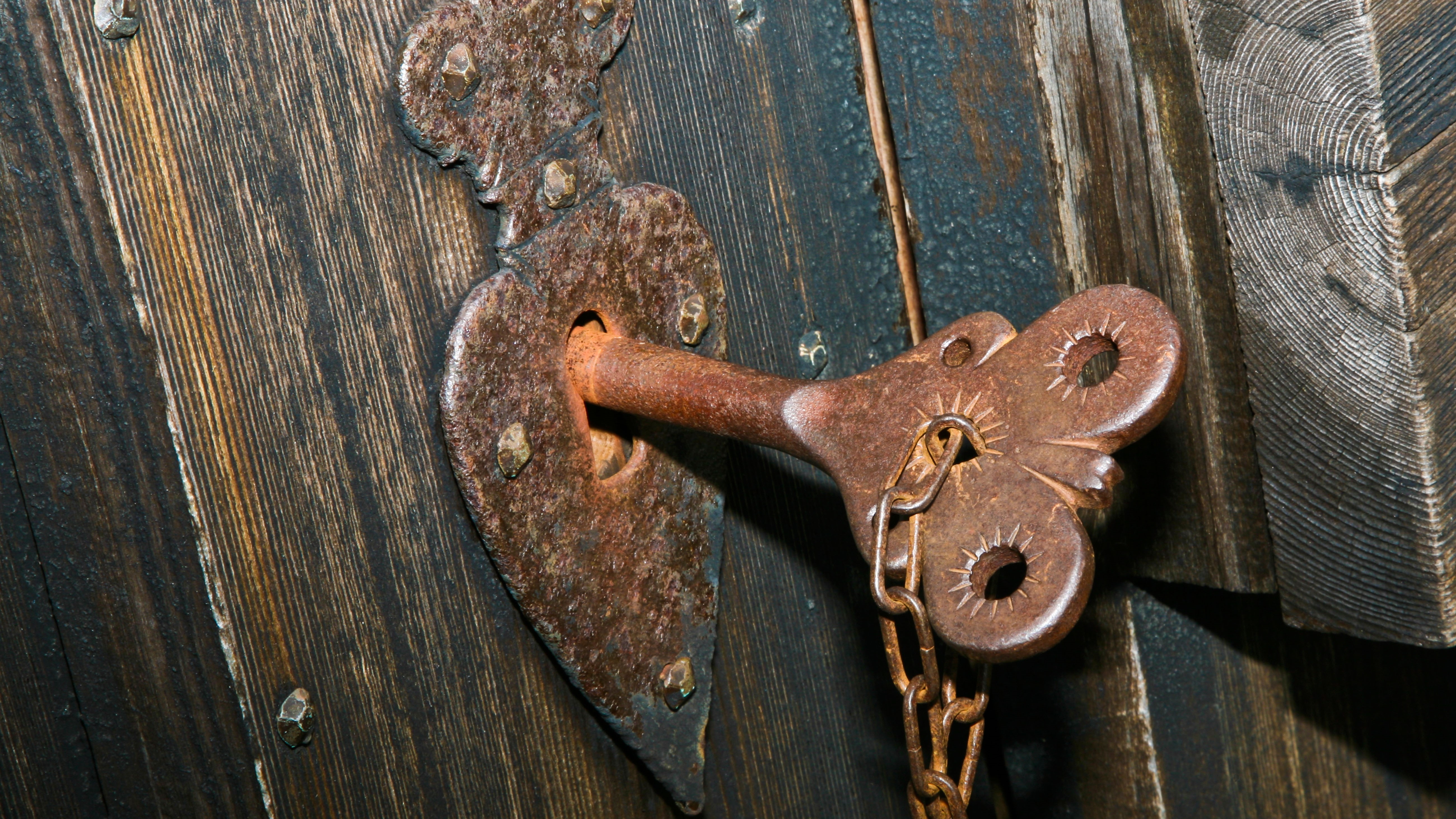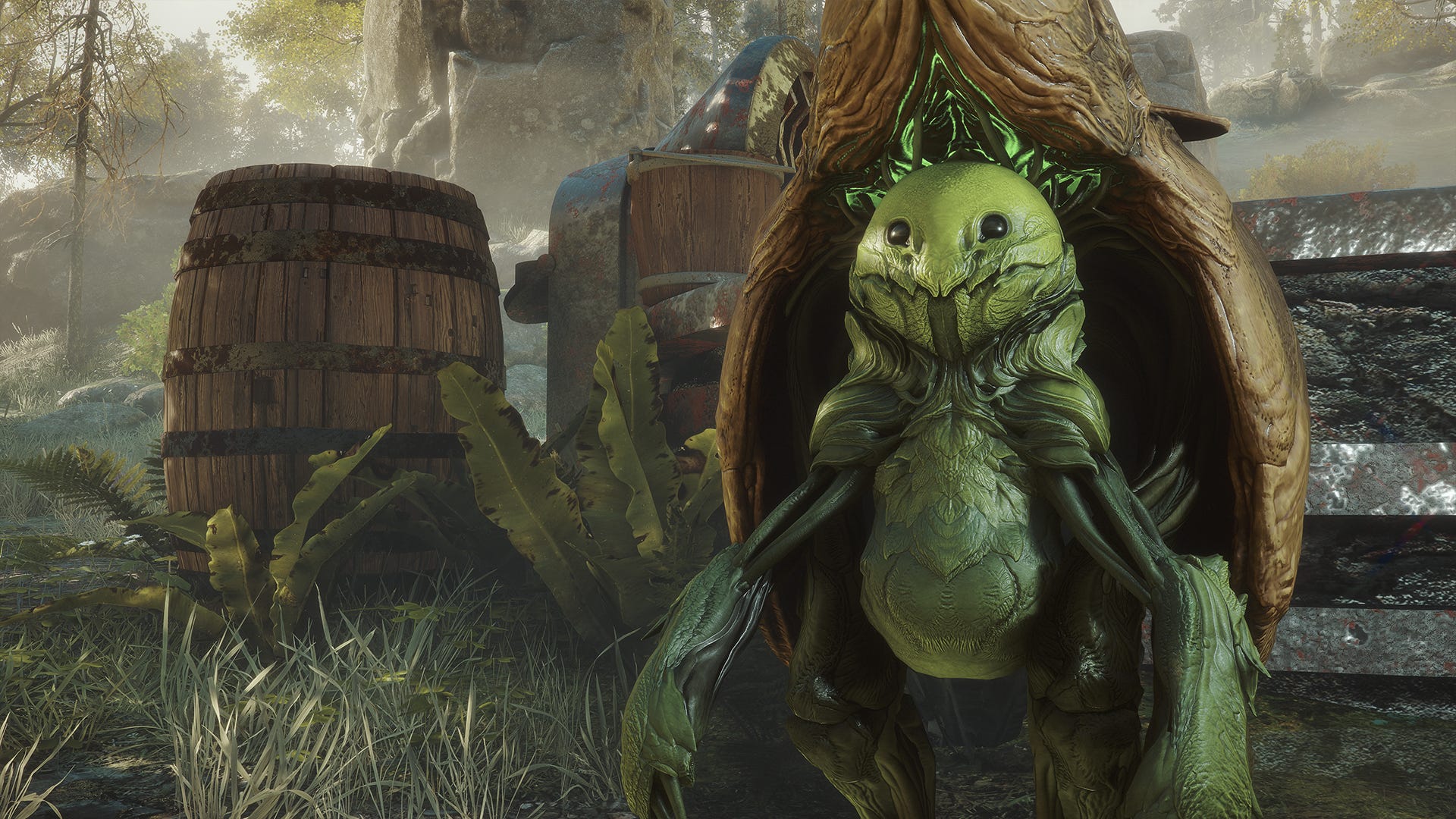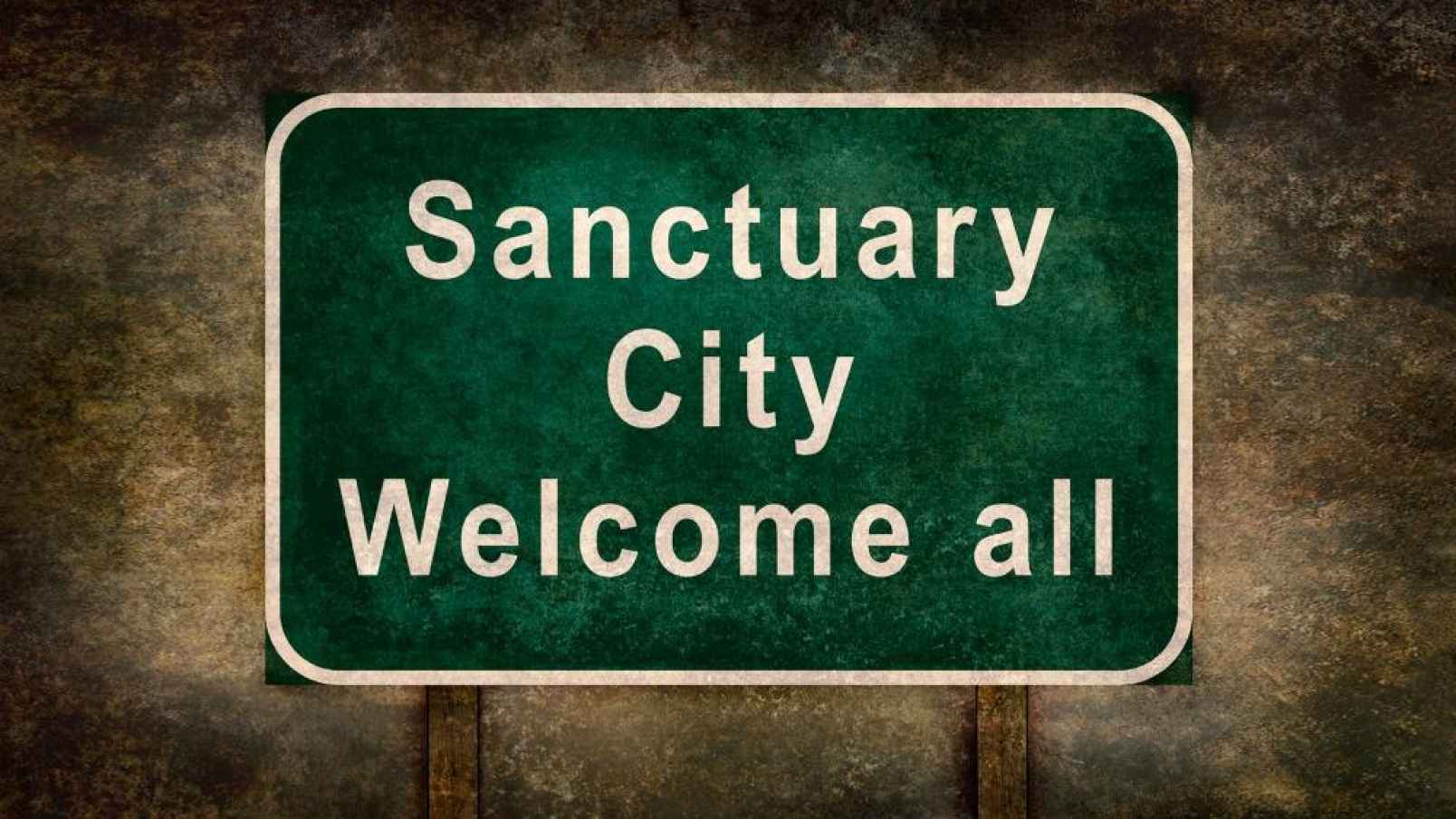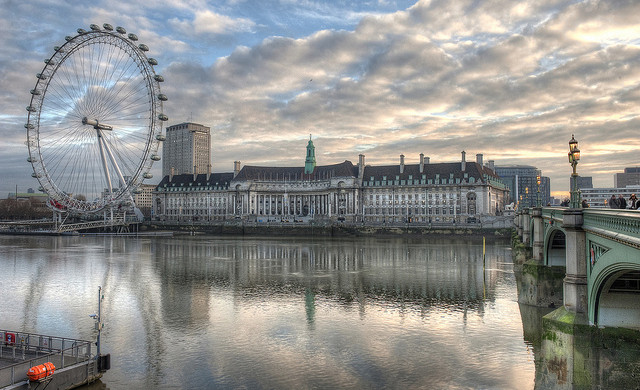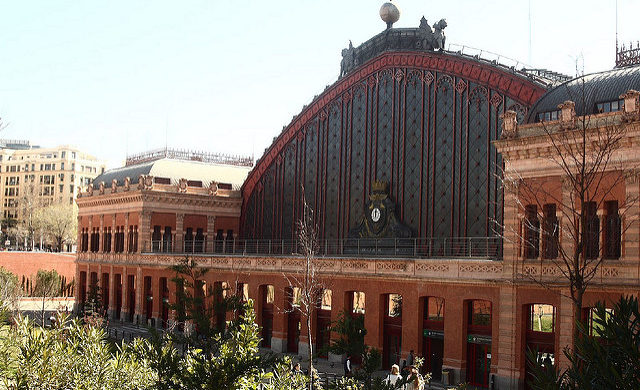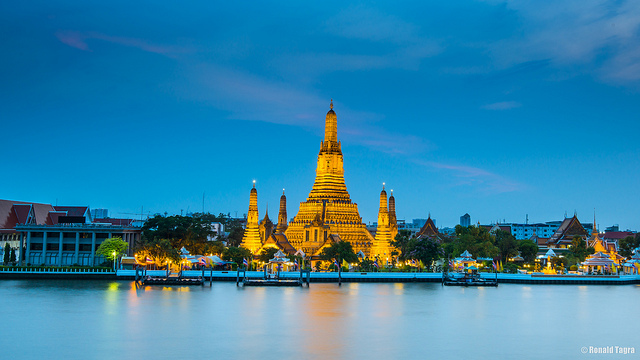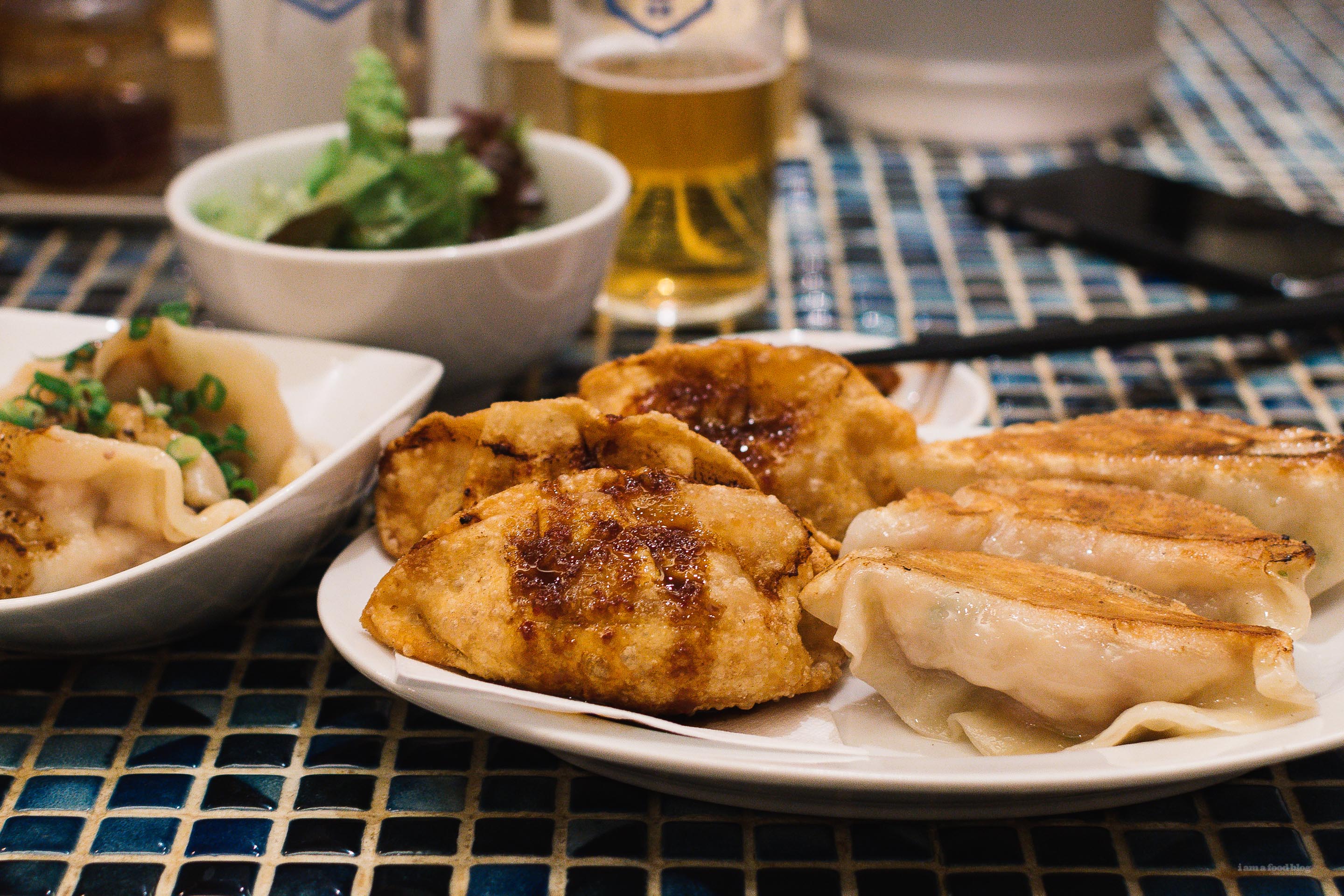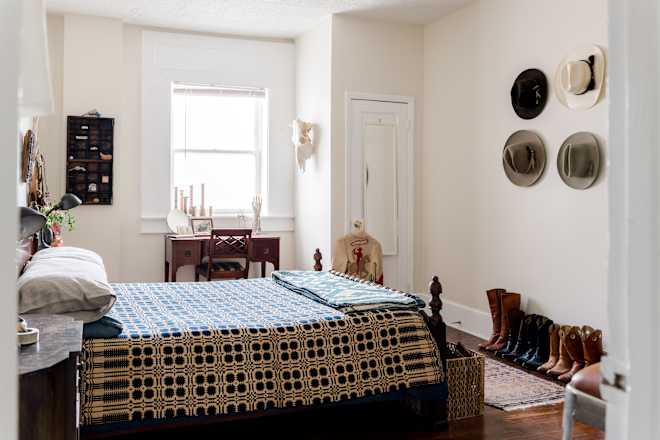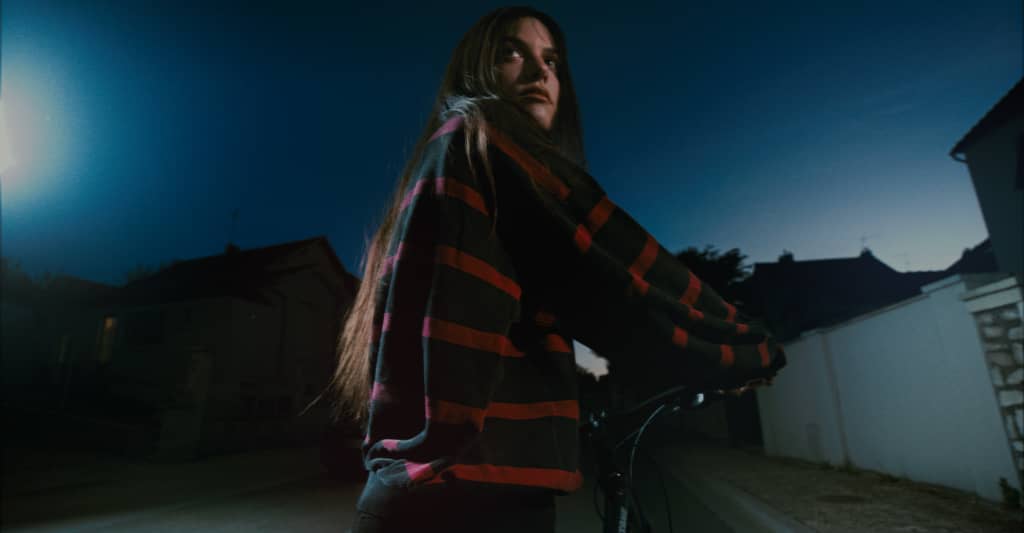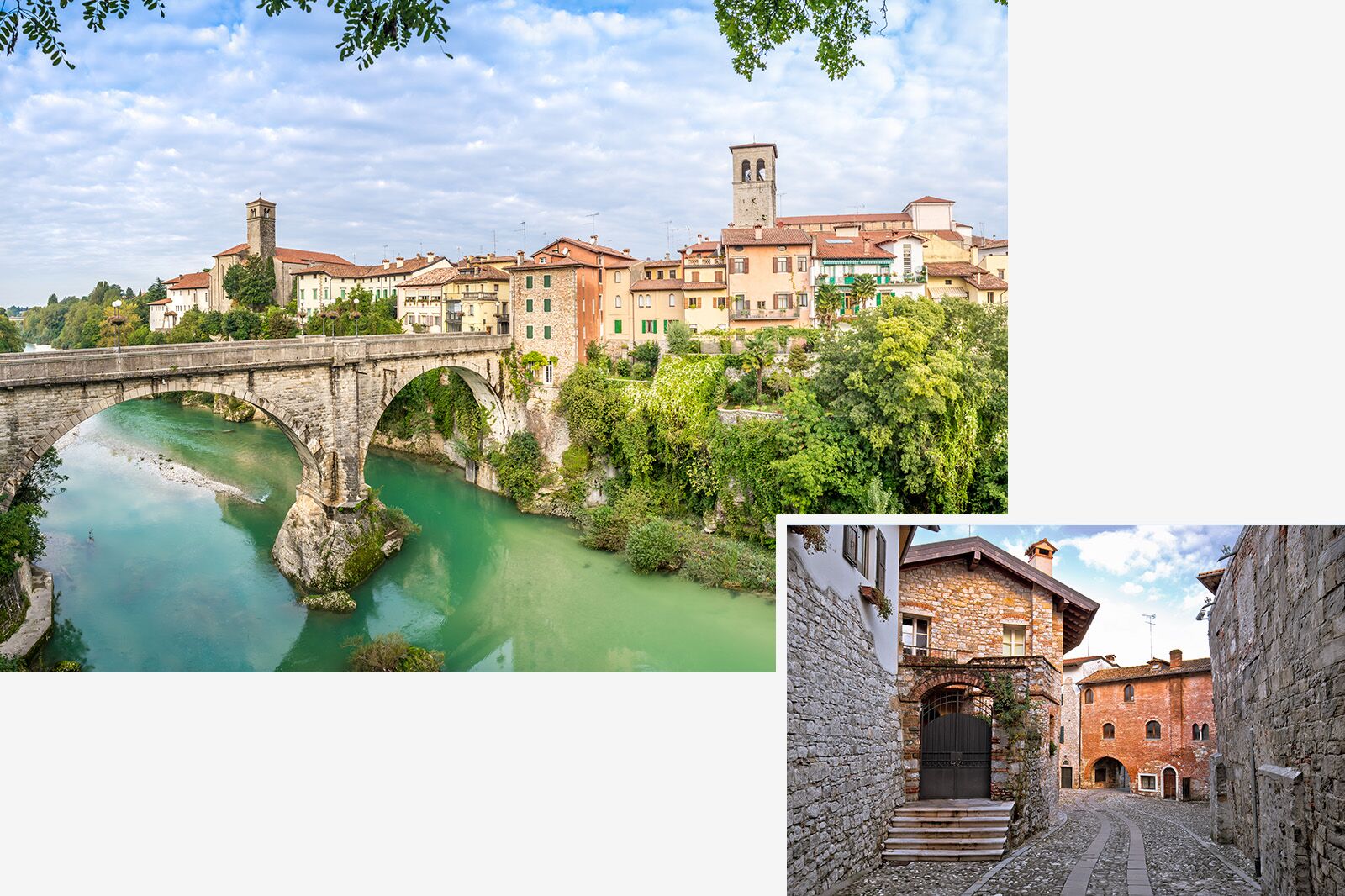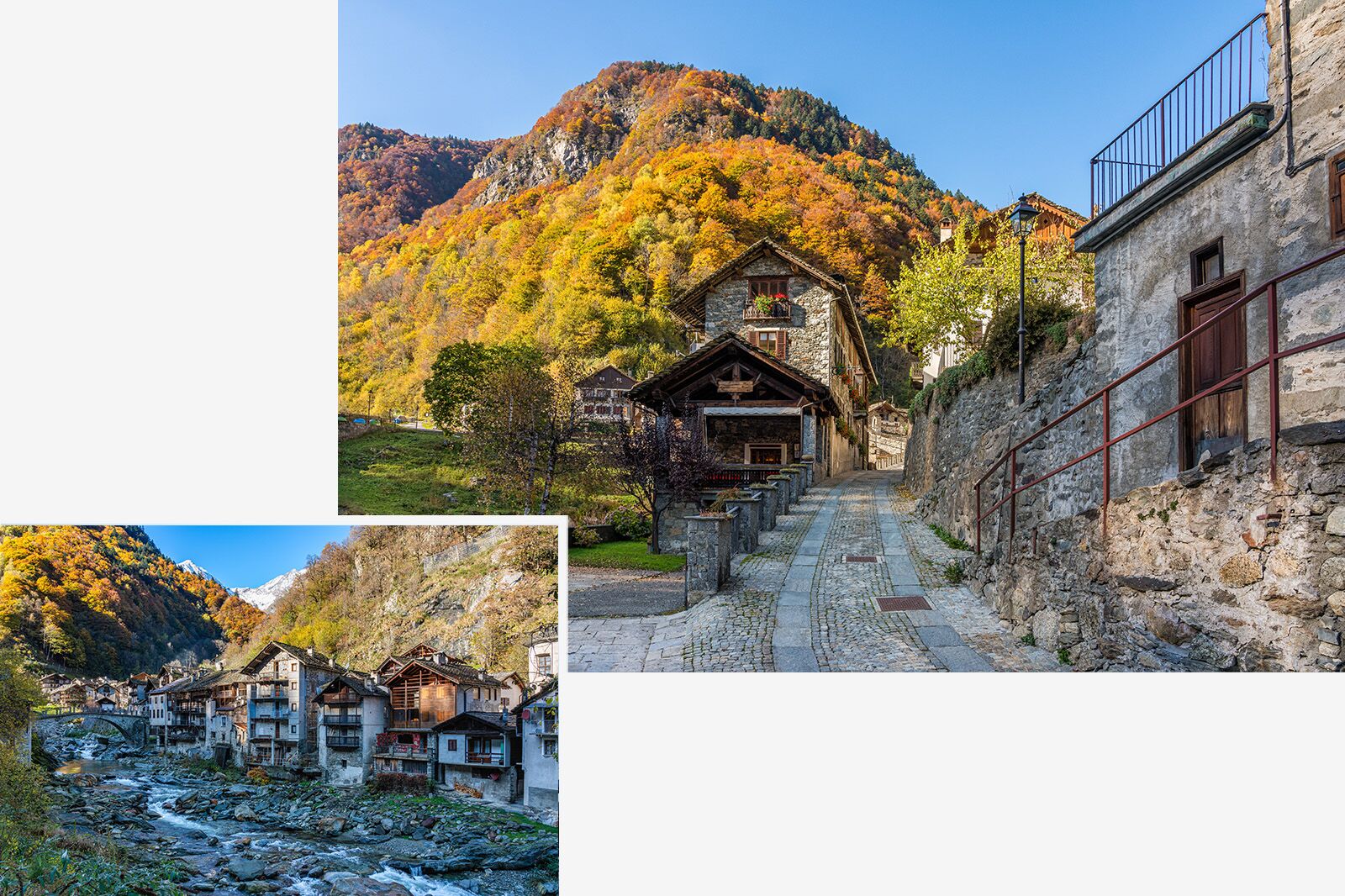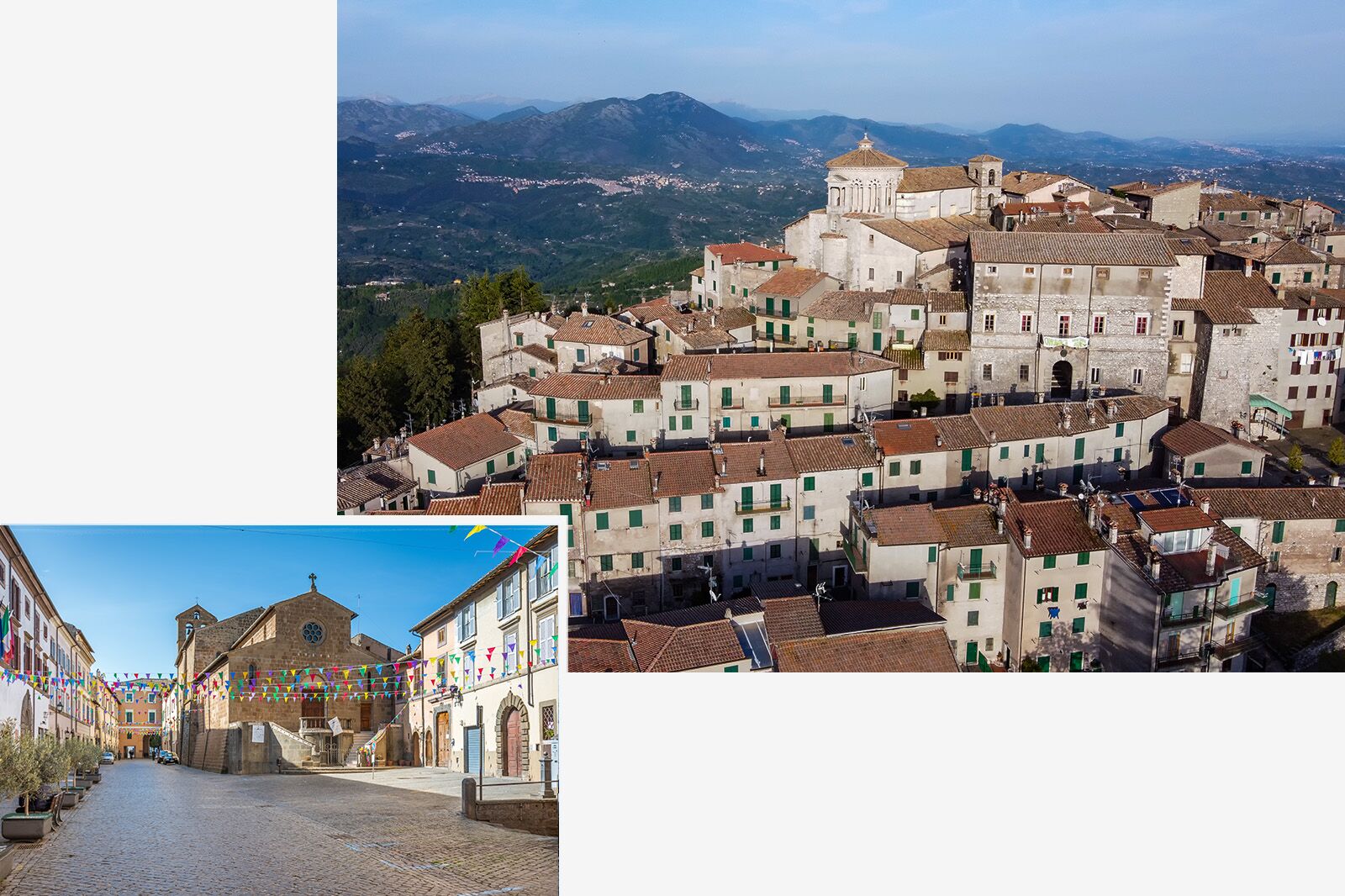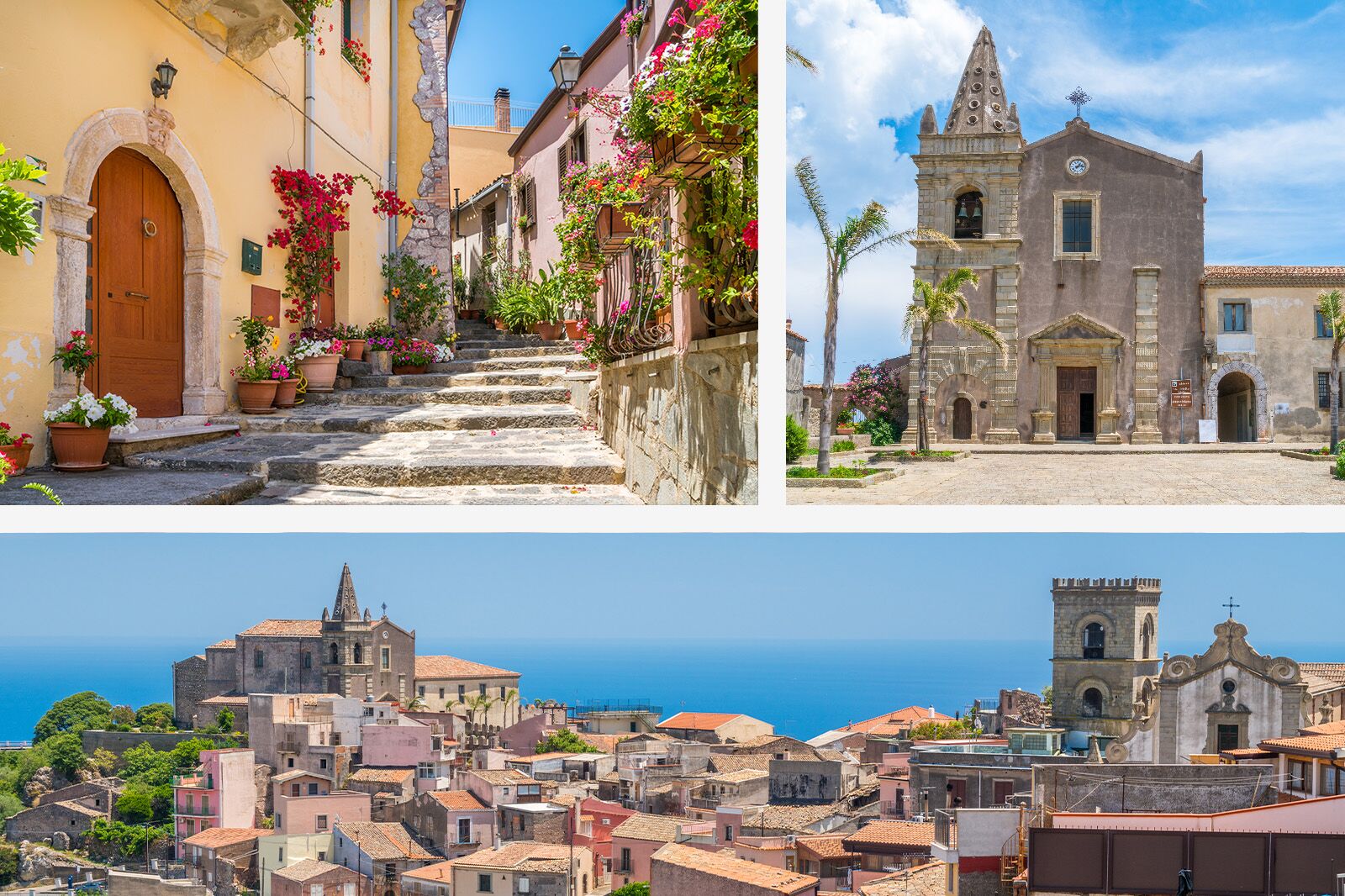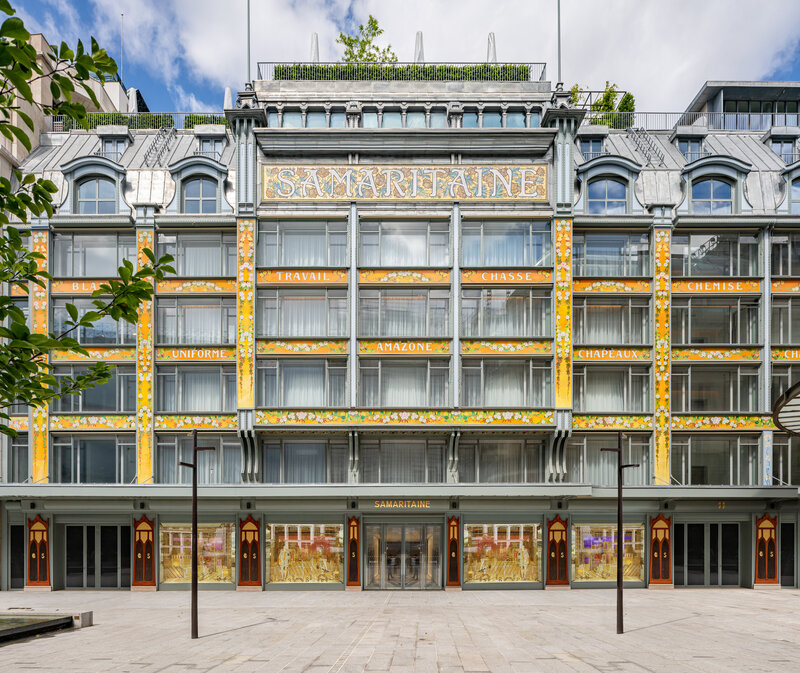The 13 Newest Additions to the Official ‘Most Beautiful Villages in Italy’ List
The I Borghi più belli d'Itali adds new locations to its "most beautiful" list every year. These are the newest designated villages.
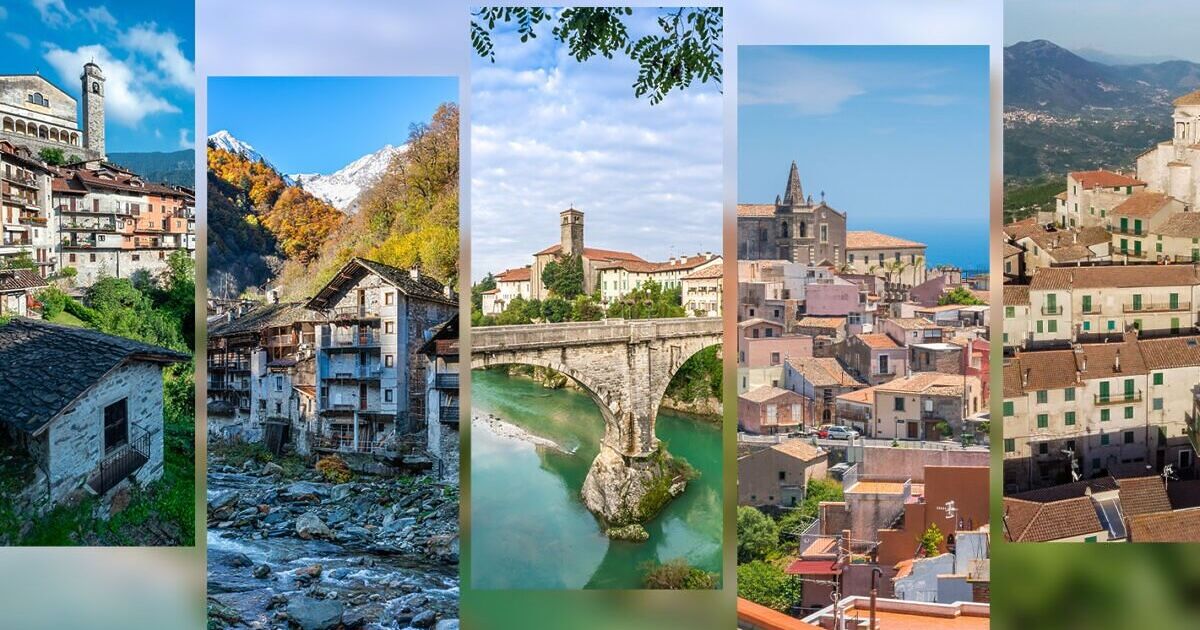
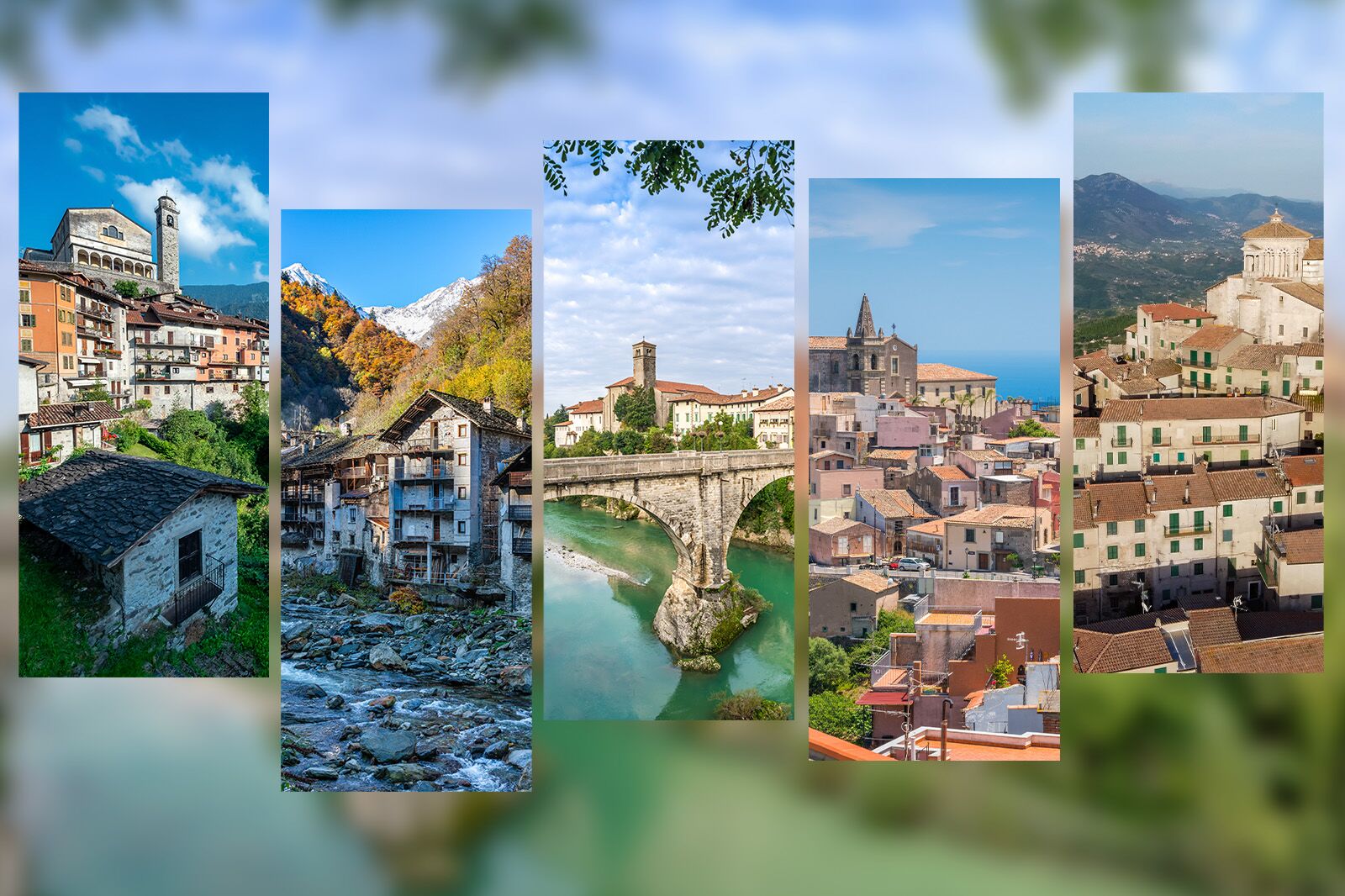
In 2002, a group of mayors in Italy founded the non-profit association I Borghi più belli d’Italia to promote and revitalize the country’s small, rural towns and their history. The name of the association says it all: “The Most Beautiful Villages in Italy.” The mission is to enhance and promote the beauty, quality of life, and the historical, artistic, and cultural heritage of some of Italy’s lesser-known villages, or borghi, that have a population of under 15,000 people. And in doing so, attract tourists and new residents to help rejuvenate those borghi.
“The feedback we have is very positive throughout Italy,” says Monica Gillocchi, head of communications and international relations for the association. She adds that the average annual tourist growth for villages is about 8 percent after being admitted.
To date, 940 villages have been evaluated since 2002, Gillochi says, and 375 carefully selected towns have received the coveted label. Forty of those have at least one UNESCO heritage site. As of writing, 98 towns are waiting to be evaluated, but only 30 are on the evaluation schedule for 2025. Only a small portion of those will make the list.
There are four impartial evaluators working for the association. Borghi are assessed on 72 parameters on a 110 point scale, and those that score 79 or higher are admitted. In 2024, 13 of the 32 evaluated villages made the cut.
These are the newest additions to Italy’s official list of the pretties small towns and villages.
We hope you love the hotels and Airbnbs we recommend! Just so you know, Matador may collect a small commission from the links on this page if you decide to book a stay.
Cividale del Friuli, Friuli Venezia Giulia
Founded in Roman times, Cividale del Friuli has a population of about 11,000 people and is located on the banks of the Antisone River in northeast Italy, close to the country’s border with Slovenia. Stroll Cividale del Friuli’s cobbled streets and pretty squares to see its landmarks: the 14th-century cathedral of Santa Maria Assunta; the UNESCO-listed Lombard Temple built in the eighth century; and, the village’s most recognizable monument, the 15th-century Devil’s Bridge.
Where to eat: The beautifully decorated, Michelin-recommended restaurant Al Monastero is a good place to try local pork specialties and regional wines made from picolit and friulano grapes.
Where to stay: A five-minute drive from the village center, this 19th-century farmhouse has been renovated into a charming apartment on an olive oil farm. You can walk the surrounding land planted with olive trees and vines, and pet the resident horses.
Spilimbergo, Friuli Venezia Giulia
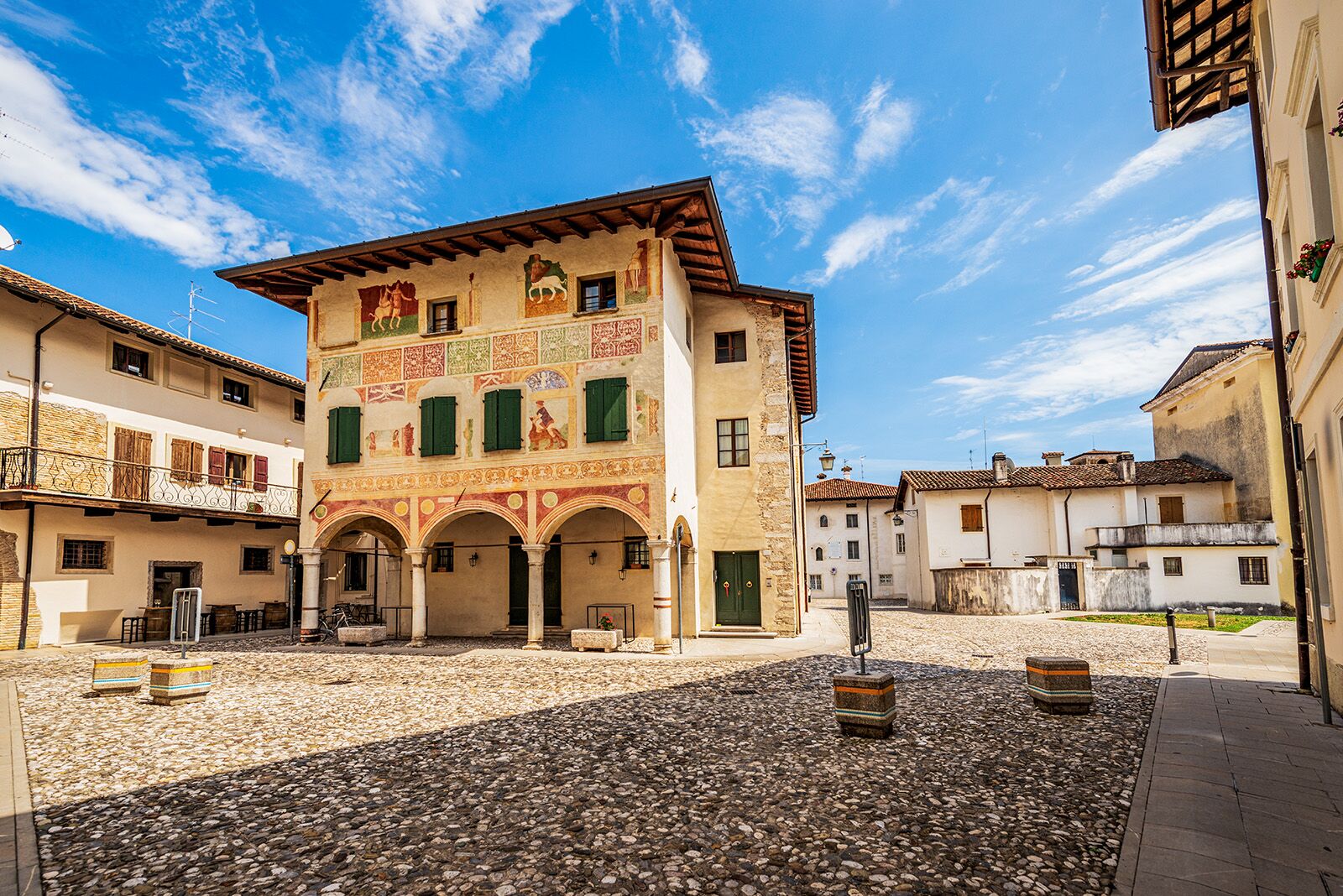
Photo: Alberto Masnovo/Shutterstock
Spilimbergo, located along the banks of the Tagliamento River in northeastern Italy, is one hour west of Cividale del Friuli. Take in the medieval houses that line the streets before stopping at the Mosaic School of Friuli, an art school like no other and the town’s claim to fame. Inside, there are more than 800 magnificent mosaic works on display, and you can see the students and their teachers at work. The cathedral of Santa Maria Maggiore and its 14th-century frescoes is a must-see, along with the hilltop castle and its 15th-century Palazzo Dipinto’s colorful facade.
Where to eat: La Torre serves regional cuisine with a modern twist within the elegant medieval castle of Spilimbergo.
Where to stay: Casa Antica Pietra Spilimbergo is a beautifully decorated and well-equipped one-bedroom apartment in the heart of Spilimbergo.
Bagolino, Lombardia
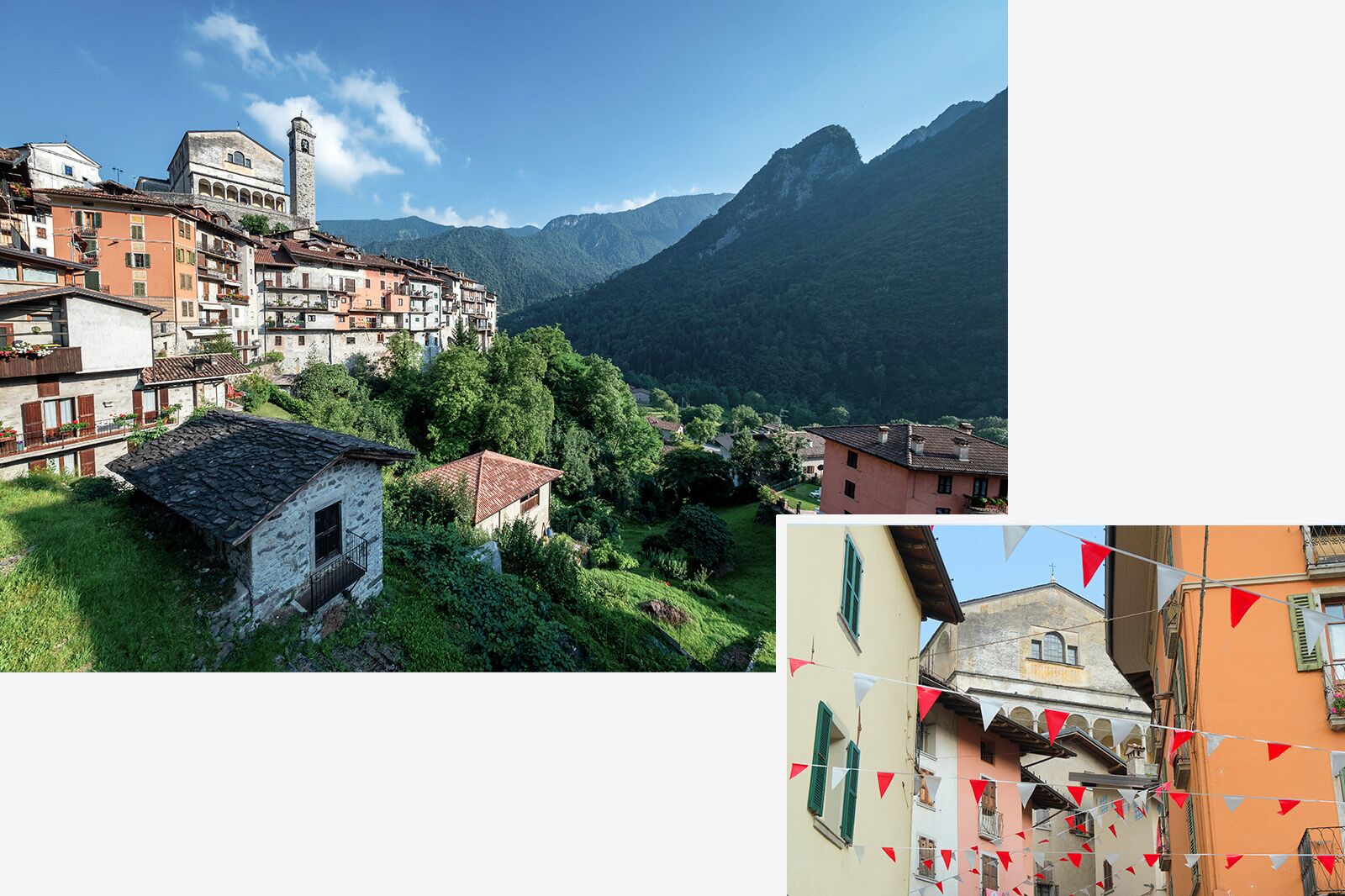
Photos: Steve Pez/Shutterstock and Fabio Caironi/Shutterstock
Bagolino is a small, scenic town in a valley in the Southern Alps of northern Italy. At the top of the medieval village is Bagolino’s most famous monument: the impressive Church of San Giorgio, where the frescoed vault and walls will leave you in awe. Visit in early March to attend the town’s 500-year-old carnival that fills the streets with music and costumes for two days, or come in mid-October for the two-day Transhumance Festival that celebrates the local cows and goats as they return to their sheds for the winter after a summer spent grazing the pastures. Less than 15 minutes from Bagolino is beautiful Lake Idro where you can swim, and Val Sabbia and its ski resort are only 30 minutes away.
Where to eat: For a taste of the locally made Bagoss cheese, along with local wine and cold cuts, head to La Malga del Re in the town center.
Where to stay: Casa Cerí is a modern two-bedroom apartment that will place you in the heart of the small town.
Rassa, Piemonte
The picturesque village of Rassa, with its traditional geranium-adorned stone chalets, is located along the fast-flowing Sorba River in the north of Italy near the Swiss border. Walk across the stone bridge that spans the river and take in the remote village of fewer than 100 people. The Ecomuseum, housed in a water-powered sawmill, is a must-see. Visit during the Blueberry Festival (Sagra del Mirtillo) that takes place every year in August to celebrate the fruit harvest with the locals, buy artisan crafts, and taste the famous local grappa.
Where to eat: Locanda delle Alpi, here since the 18th century, is a tavern where you can try a variety of regional specialties, many of which include cheese.
Where to stay: Rent an entire two-bedroom traditional chalet with a view of the river and the stone bridge for a total immersion in Rassa.
Ceriana, Liguria
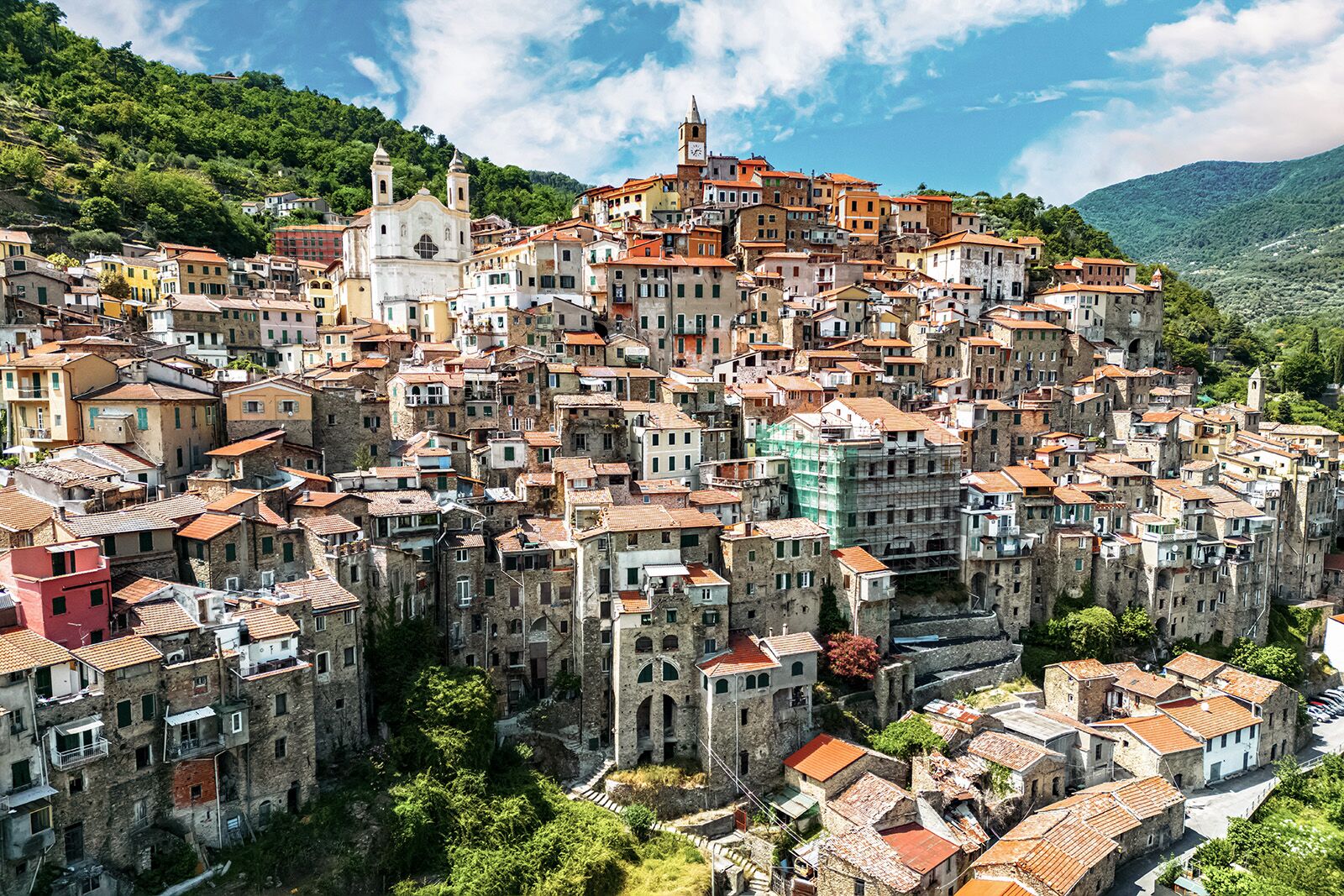
Photo: monticello/Shutterstock
The medieval hilltop village of Ceriana is located in the northwestern part of the country near the border with France. Walk the small town’s narrow alleys to see its landmarks, including the Parish Church of Saints Peter and Paul and its stunning baroque interior, the 18th-century Roverizio Di Roccasterone Palace, and the four oratories (chapels) whose fraternities are pillars of the community’s festivals and day-to-day life. Visit on the third Sunday of August to take part in the town’s yearly pork sausage festival during which all four fraternities make their own salciccia.
Where to eat: Family-run Trattoria La Piazza di Ceriana serves affordable, classic Italian food, including pizza.
Where to stay: Rent a unique five-floor, two-bedroom medieval house in the center of Ceriana.
Bertinoro, Emilia Romagna
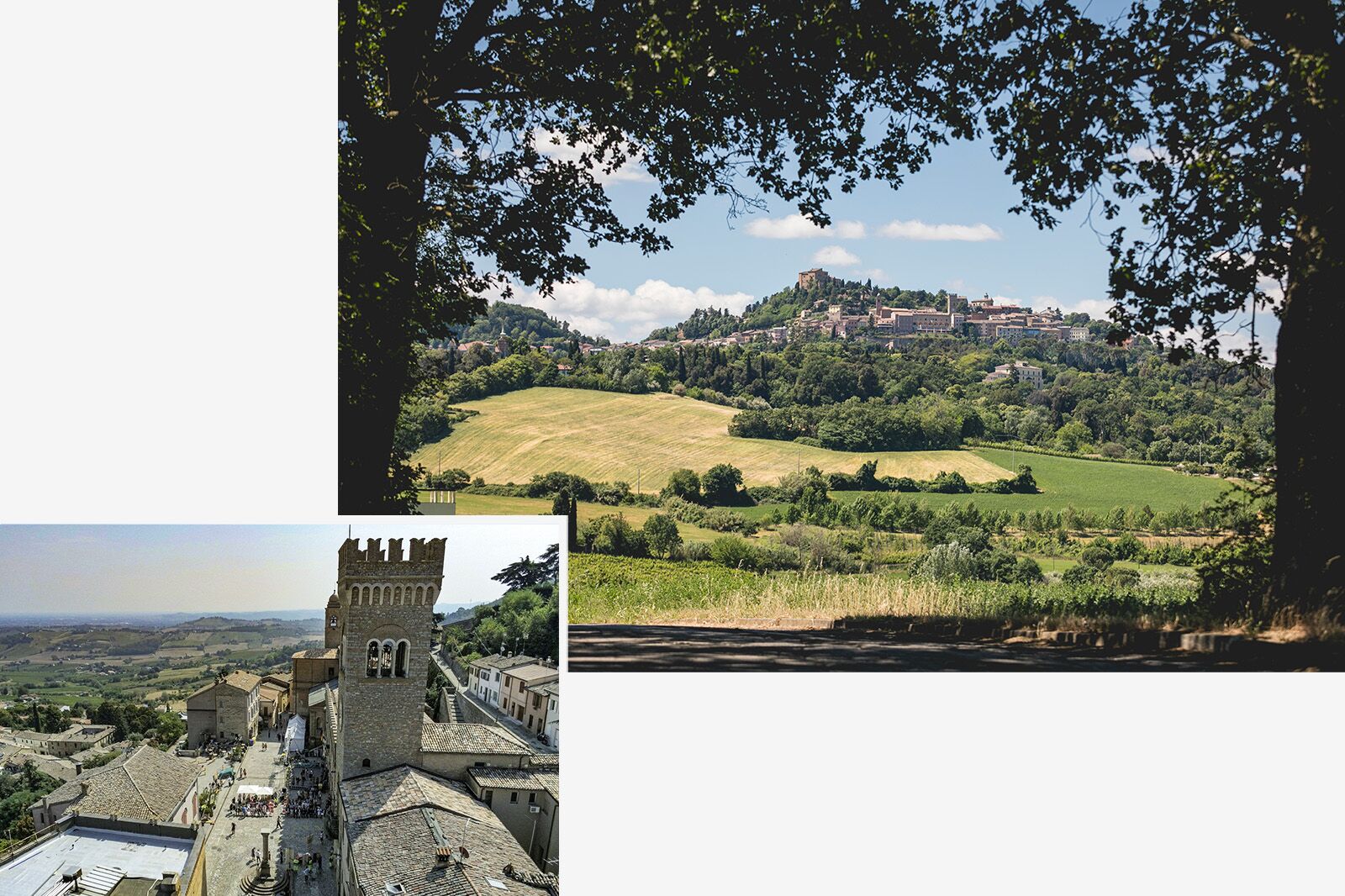
Photos: I Borghi più belli d’Italia
Located on a small hill, the medieval town of Bertinoro has two nicknames: the Balcony of Romagna and the Town of Wine. The first nickname is inspired by the amazing views of the neighboring countryside, the second comes from the albana and sangiovese vineyards that grow on the surrounding hills. La Rocca, a 1000-year-old castle that houses 17th-century frescoes, is the town’s most famous monument, but the 14-century Palazzo Ordelaffi, the current town hall, is a strong contender. Visit the first Sunday of September for the Festival of Hospitality, an 825-year-old tradition.
Where to eat: Da Nonna Rina serves handmade pasta, as well as other regional specialties, alongside local wines.
Where to stay: Hotel Panorama is a charming little hotel in the center of town with great views.
Mulazzo, Toscana
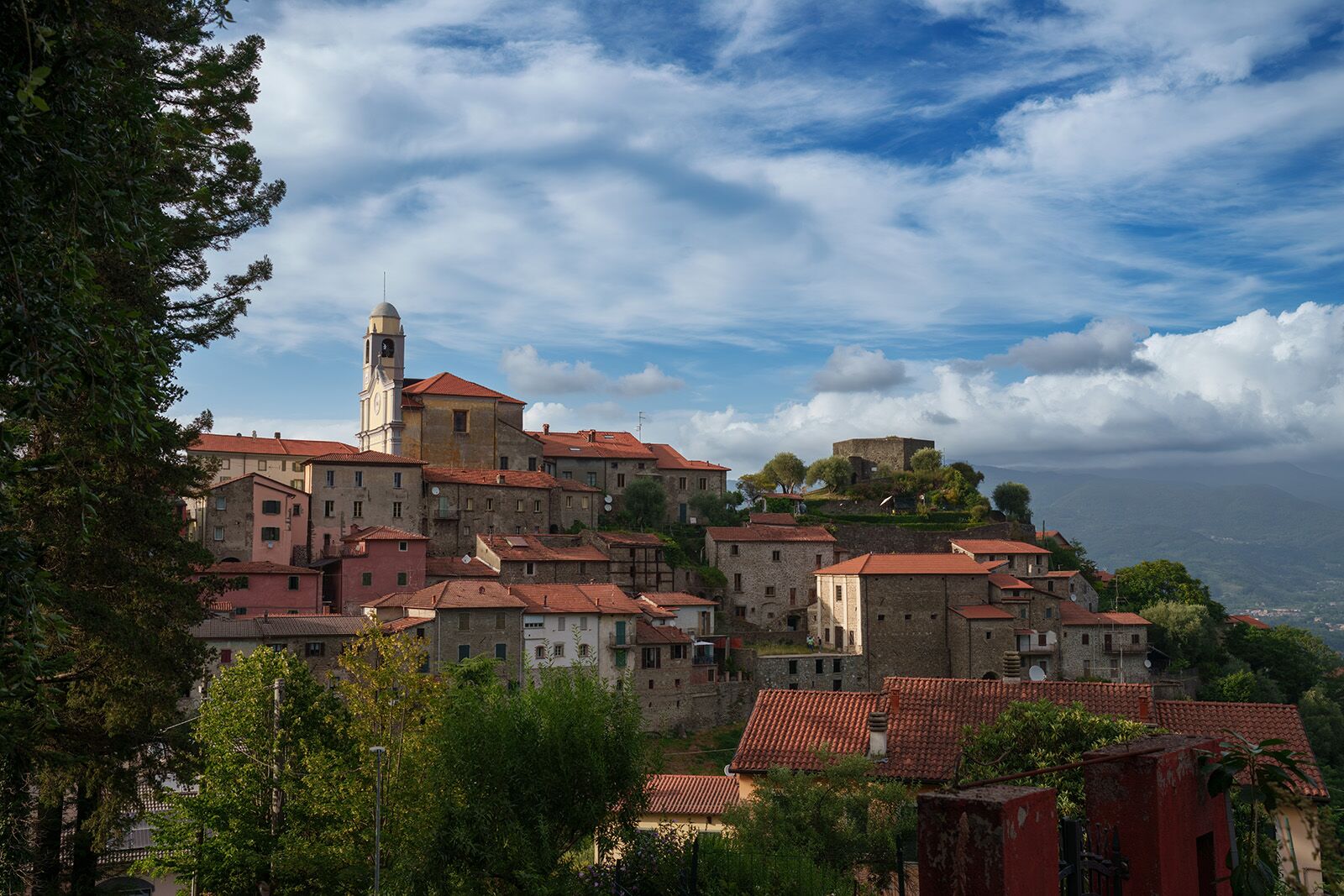
Photo: Claudio Giovanni Colombo/Shutterstock
Mulazzo is a tiny village of stone houses and cobblestoned streets at the end of a long and windy road in Tuscany’s Lunigiana mountains. Walk Mulazzo’s narrow streets to get a feel for this ancient village and catch elevated landscape views. Every August, Mulazzo celebrates local wines and products — including chestnuts, olive oil, honey, and cheese — during the Bancarel’VINO Award event. Just 15 minutes from Mulazzo is Montereggio, a village that book salesmen made a center of literature for centuries. Every year in July, the village hosts a book festival.
Where to eat: Locanda il Rustichello serves traditional local cuisine and wine with amazing views in a serene setting.
Where to stay: This two-bedroom home at the edge of a chestnut forest is full of traditional charm and has a lovely garden with a large orange tree.
Ripatransone, Marche
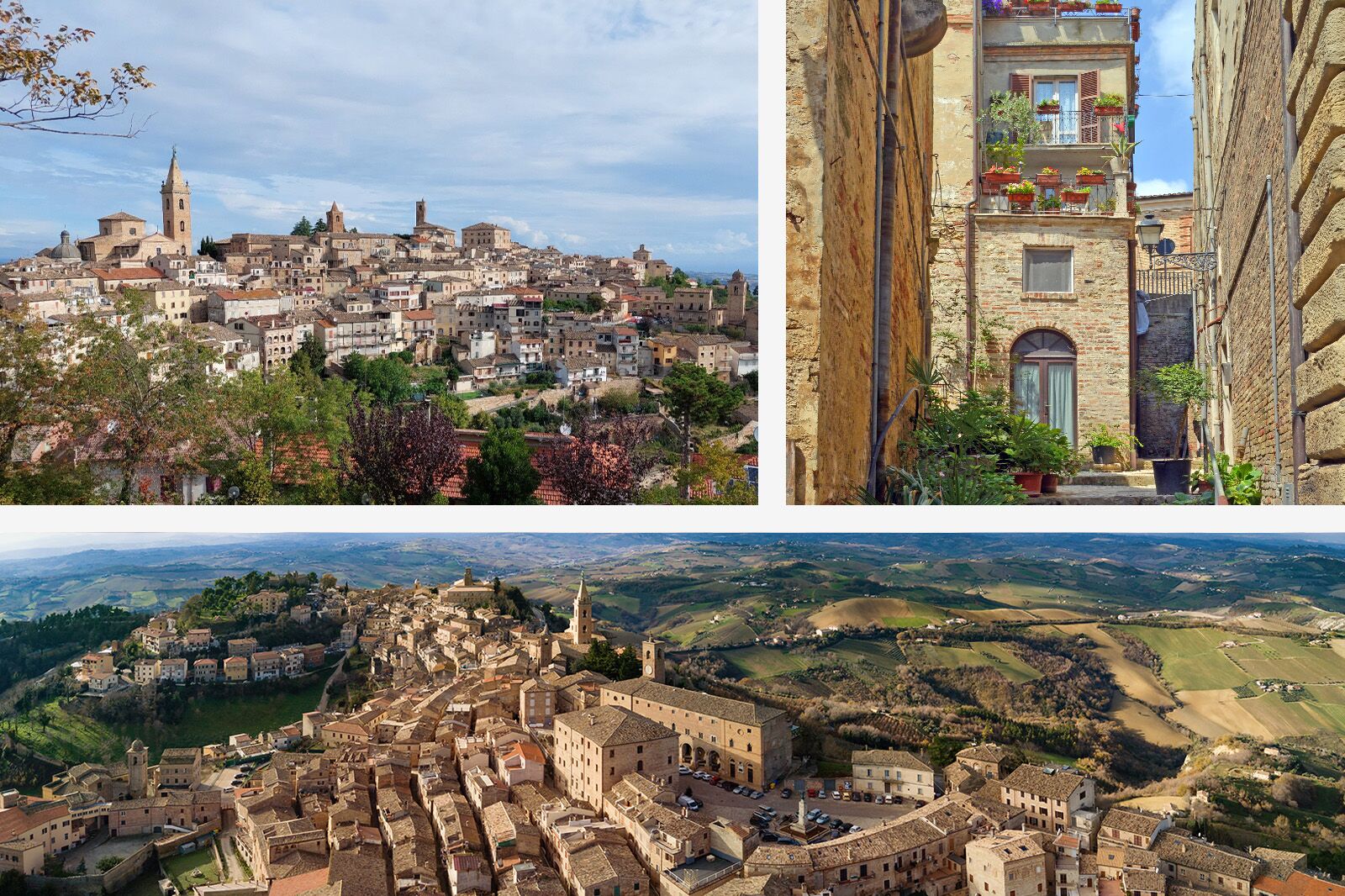
Photos: I Borghi più belli d’Itali, lucio pepi/Shutterstock, and pio3/Shutterstock
The beautiful hilltop town of Ripatransone, known as the Belvedere of The Piceno for the panoramic views of the surrounding rolling hills, is home to the narrowest alley in Italy. Once you’ve attempted, and possibly succeeded, to squeeze through this 14-inch passageway, visit the beautiful Luigi Mercantini Theater located on the second floor of the Palazzo del Podestà cathedral and the town’s fortifications.
Where to eat: Agriturismo Iervascio is a farm run by two brothers that serves simple, yet delicious, food and wine.
Where to stay: This two-bedroom apartment with a rooftop terrace is located right in the center of town and offers beautiful views.
Scheggino, Umbria
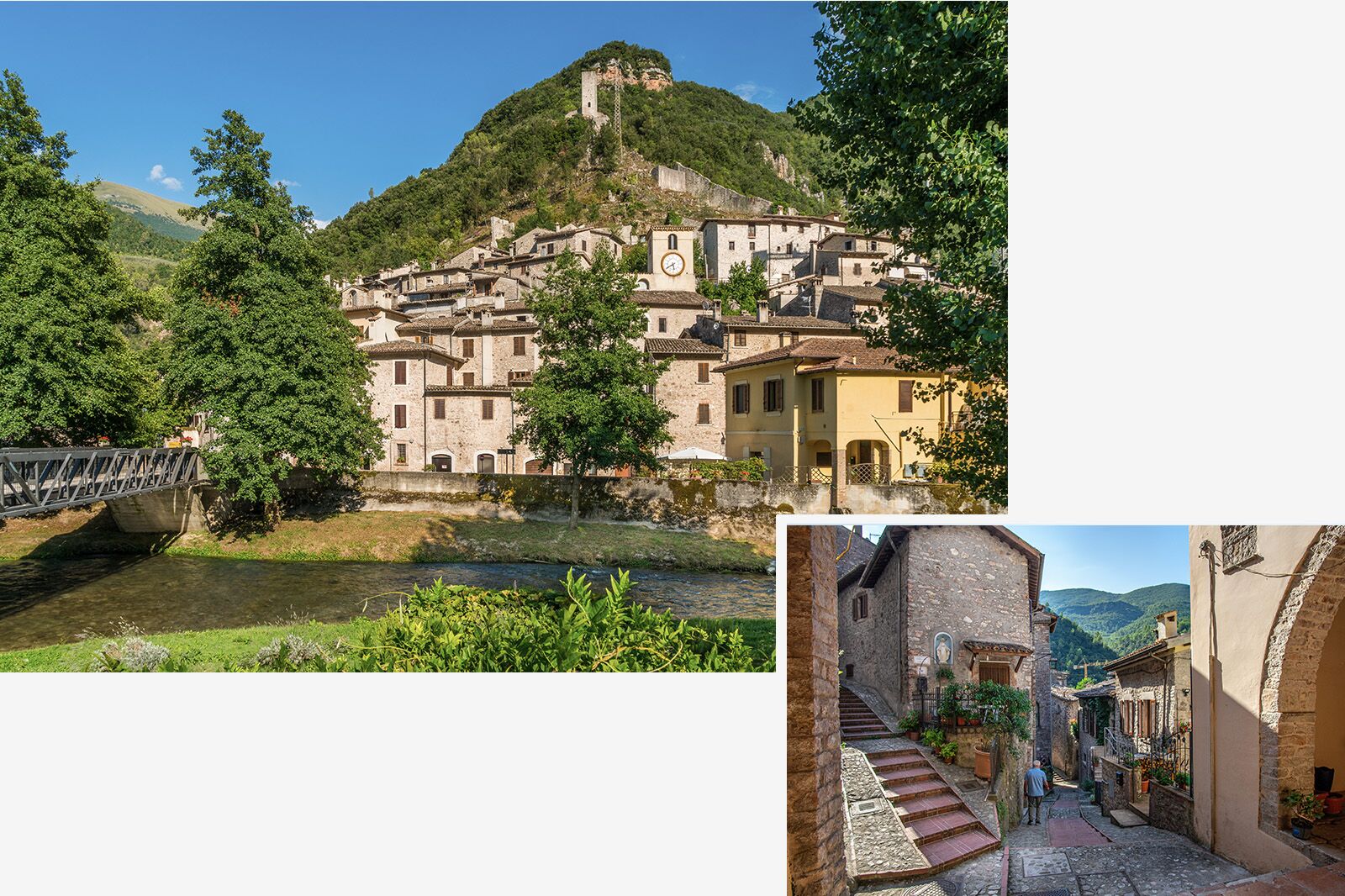
Photos: essevu/Shutterstock and Lorenzo Dottorini/Shutterstock
Scheggino is a small and charming hilltop town located on the bank of the Nera River. Walk the cobblestoned streets, including the subterranean passageways, to admire the traditional stone houses before stopping at the 13th-century Church of St. Nicholas with detour-worthy frescoes. The Spring of Valcasana, where incredibly clear water flows out of a stone fountain, is a quiet place to take a stroll among the trees and look at fish and waterfowl.
Where to eat: Antico Grottino in the town center is a small, rustic restaurant that serves delicious local dishes alongside regional wines.
Where to stay: The Torre Del Nera Albergo Diffuso & Spa offers guests beautiful accommodations with wood stoves, spa amenities, and exceptional views from its terrace.
Capranica Prenestina, Lazio
The medieval village of Capranica Prenestina, perched at about 3,000 feet elevation in the Prestini Mountains, is said to be the highest in the region of Lazio. Walk the steep streets of the village to the Church of La Maddalena and its impressive dome, and stop at Piazza Pietro Baccelli to take in the magnificent views. Capranica Prenestina is surrounded by chestnut groves, and during the fall chestnut festival you can sample a wide range of things made with the nut. An annual blackberry festival also takes place at the end of summer.
Where to eat: Taverna Hieronymus is a small and simple restaurant where you can dine on Italian specialties at the same table as the locals.
Where to stay: While there are no hotels or Airbnbs in the village, B&B Casale delle Grenestre in the nearby town of Castel San Pietro Romano is just 15 minutes away. The charming stone farmhouse has a pool with great views of the surrounding landscape.
Introdacqua, Abruzzo
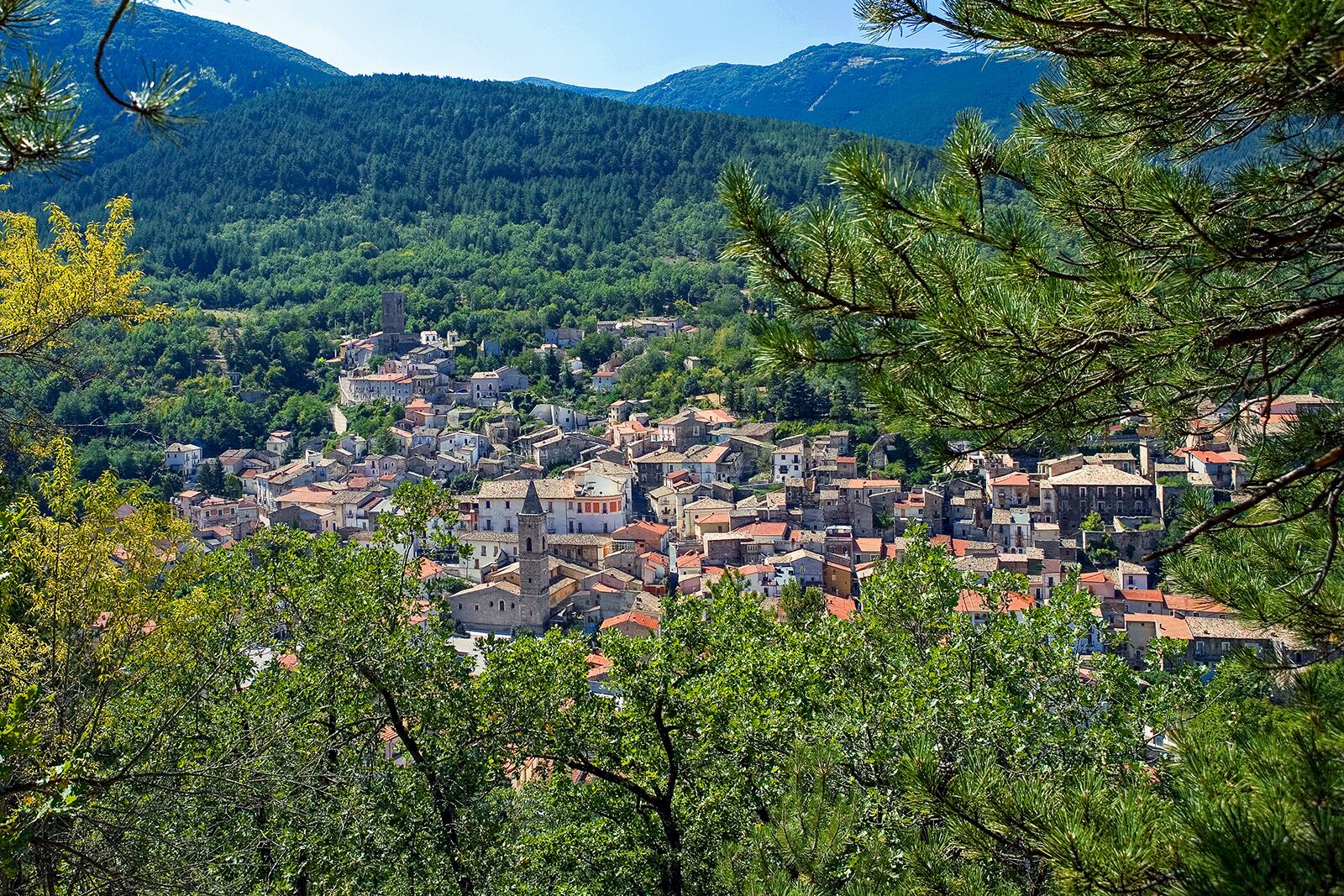
Photo: Gimas/Shutterstock
Introdacqua is a medieval walled town worth exploring, located deep in the Peligna Valley and surrounded by woods populated by brown bears, wolves, and deer. You can while away an entire day walking the streets of the village and checking out its access gates in the fortifications, the Church of SS. Annunziata and its frescoes, and the medieval tower Dongione of Introdacqua. Gentian liqueur is a local specialty, so make sure you give it a try.
Where to eat: Ristorante AnimA is owned and run by two brothers who combine contemporary cooking with high-quality local ingredients.
Where to stay: This one-bedroom home located just outside the town has a large garden and views of the mountains.
Forza D’Agrò, Sicily
Forza D’Agrò is a hilltop town located between Messina and Taormina on the island of Sicily. While the town has many draws — views of the Ionian Sea, an historic monastery, and many palazzos and churches — it is perhaps better known as one of the filming locations for The Godfather.
Where to eat: Trattoria Anni 60 serves traditional Sicilian dishes and offers amazing views of the coastline and the sea from its terrace.
Where to stay: This two-bedroom house provides travelers with the charm of typical Sicilian homes, as well as amazing views of the coast and the mountains from its patio.
Gravina, Puglia
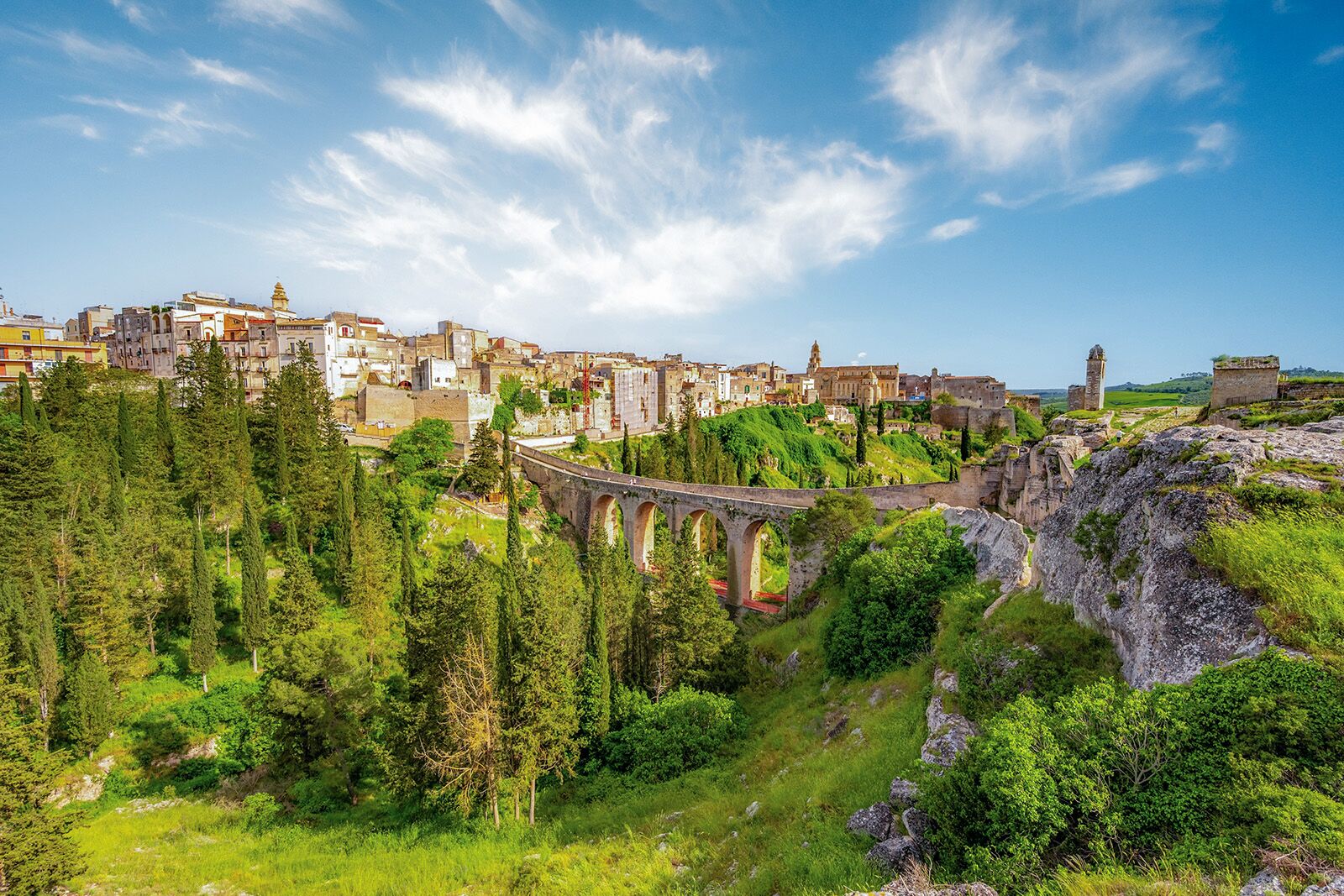
Photo: zedspider/Shutterstock
The ancient walled town of Gravina is located between a hill and the edge of a ravine in southern Italy. The main landmarks include the aqueduct bridge, which was one of the filming locations for the James Bond movie No Time to Die, as well as the San Michele delle Grotte, an impressive church carved into the rock. Be sure to also try the regional Gravina wine during your visit.
Where to eat: 13 Volte Luogo e Gusto is a cave restaurant that serves traditional local dishes.
Where to stay: This one-bedroom apartment has some unique architectural features and offers beautiful views of the city from its high vantage point. ![]()


















